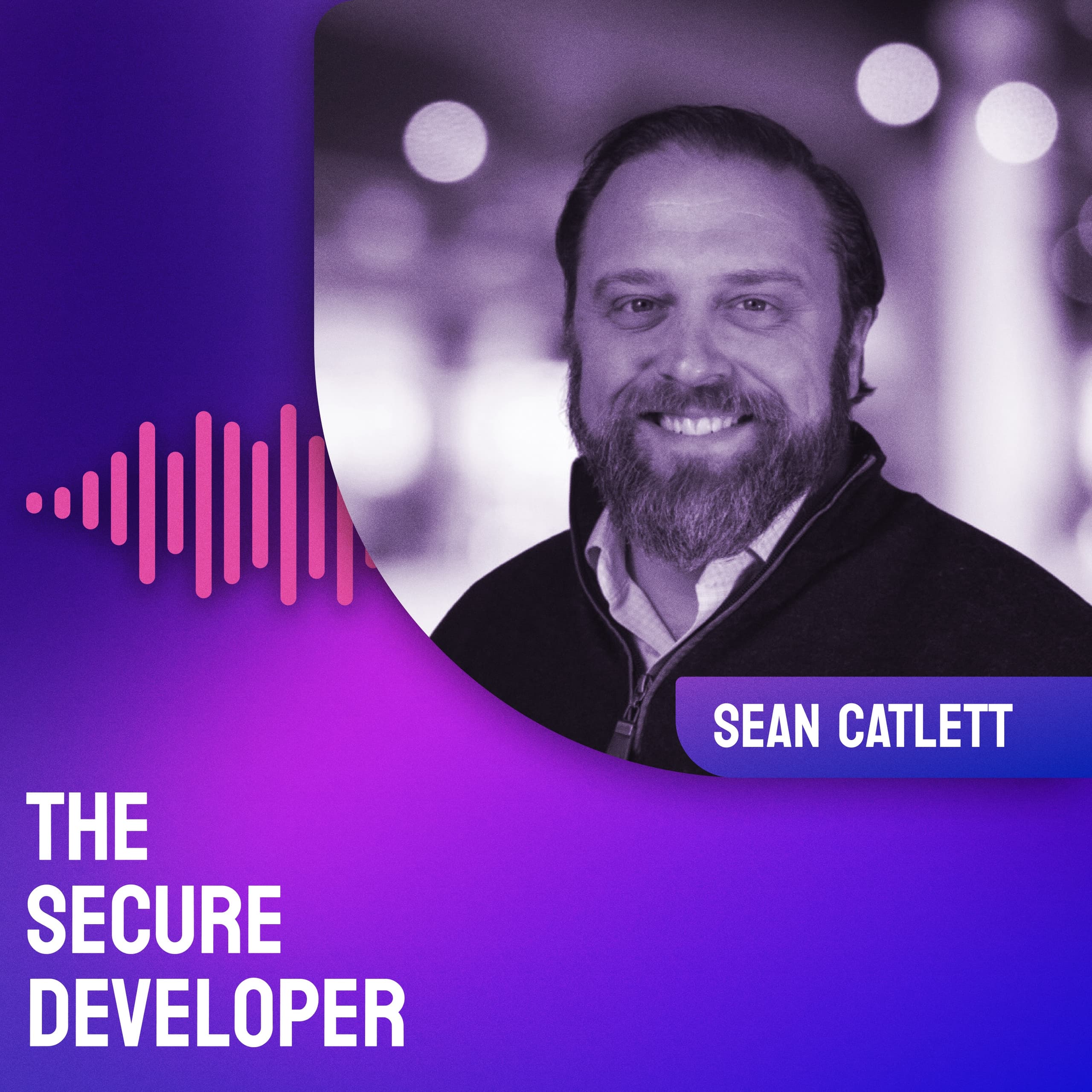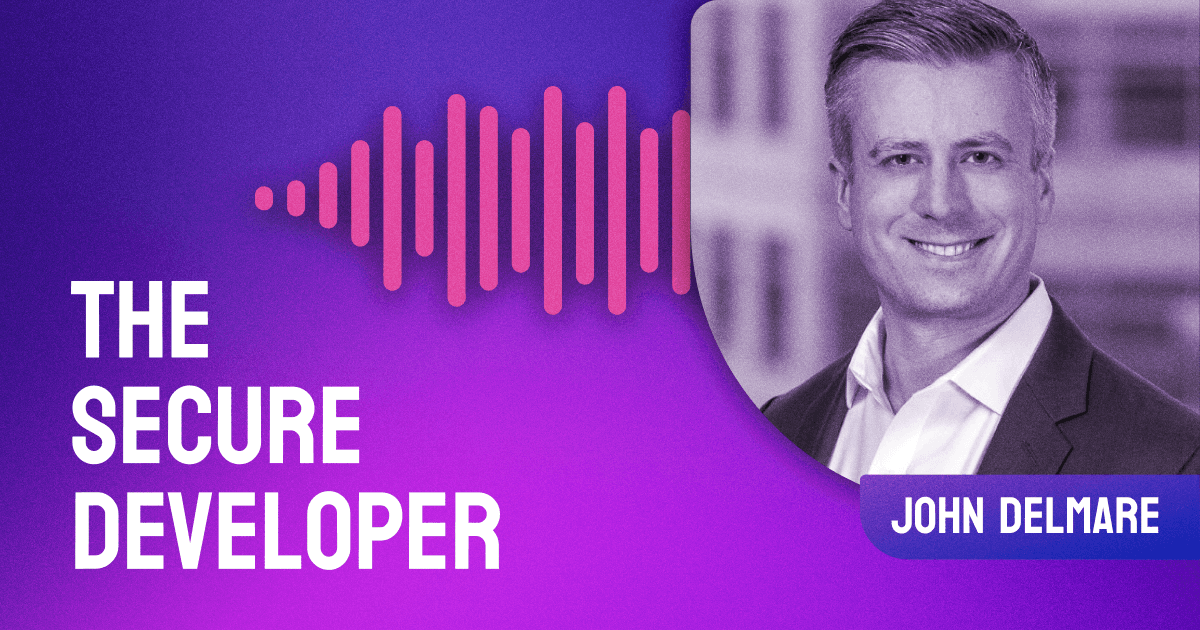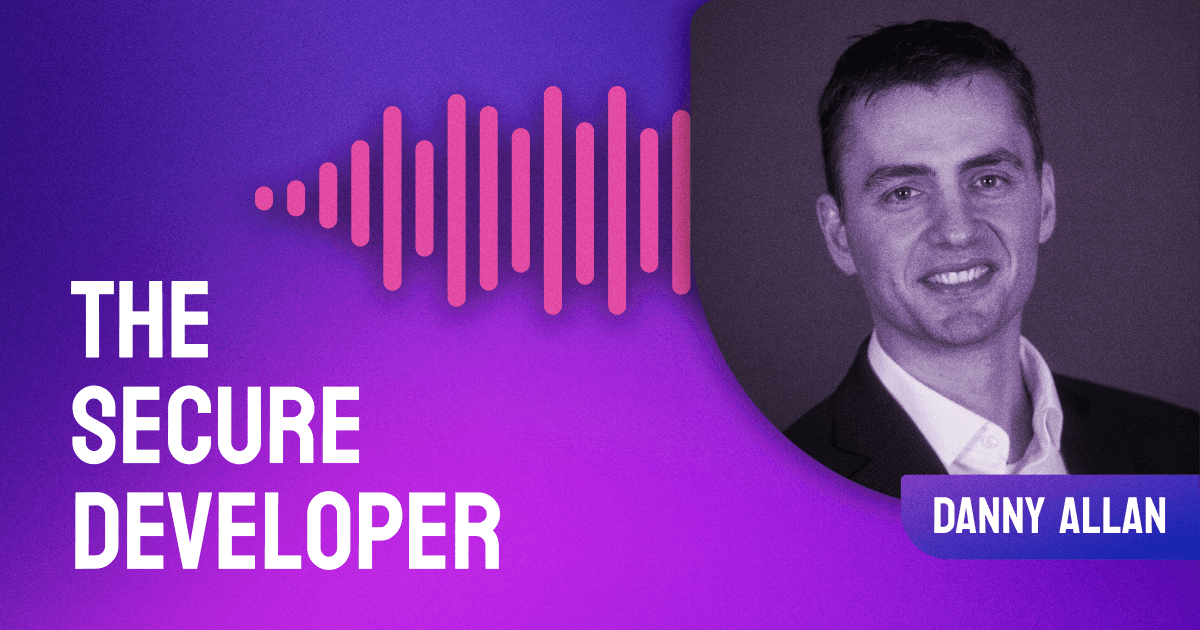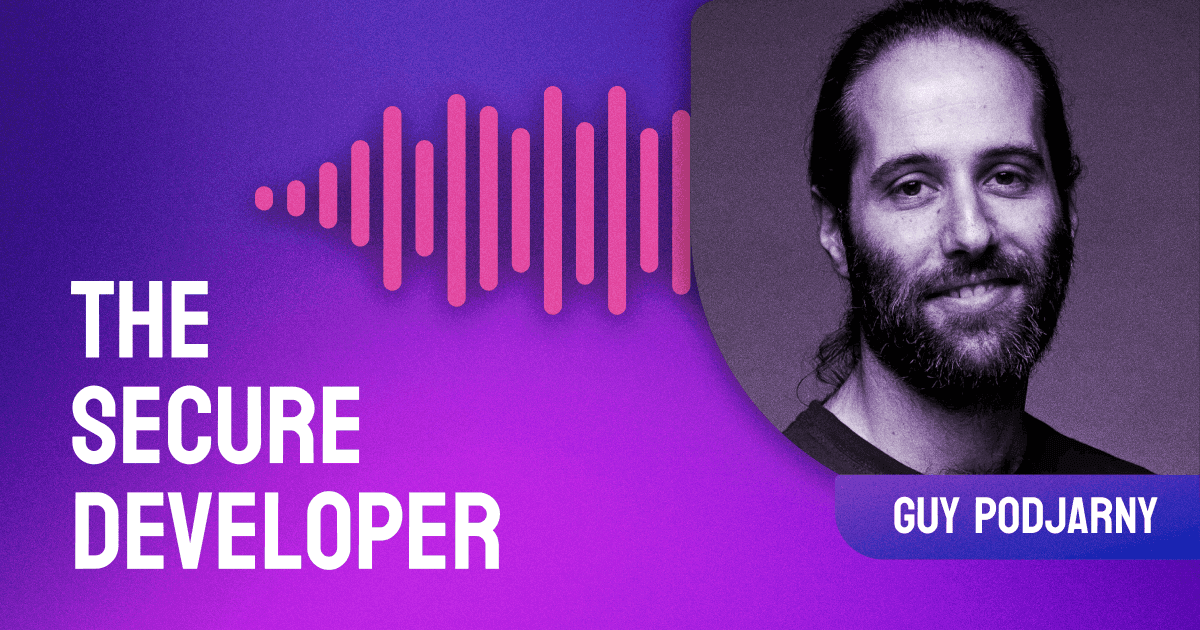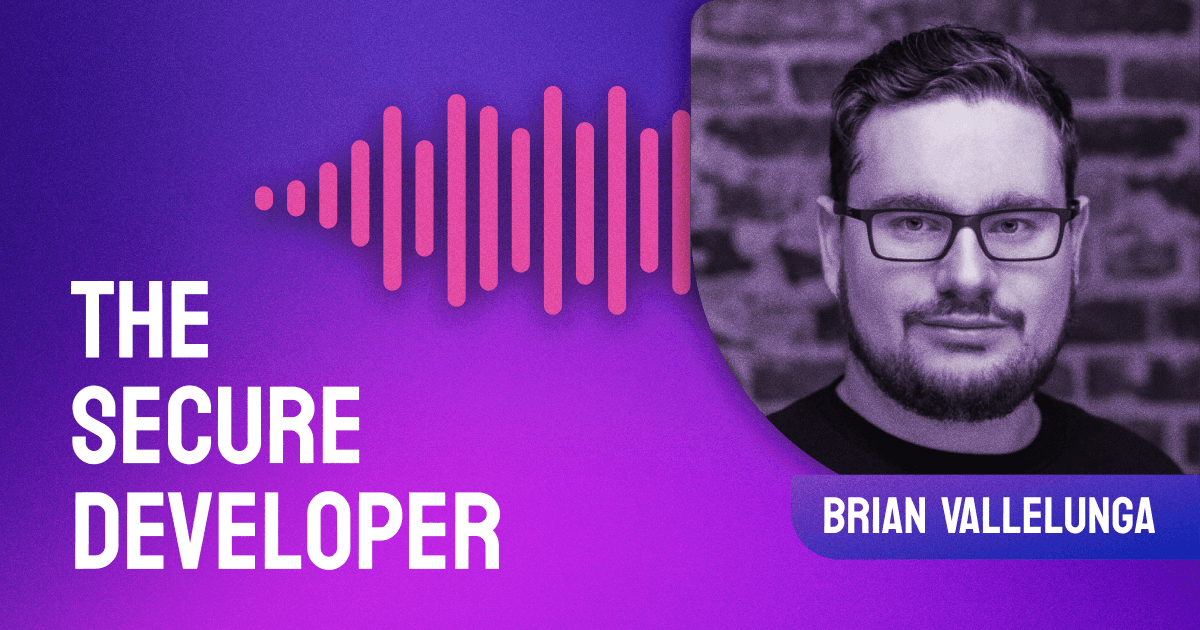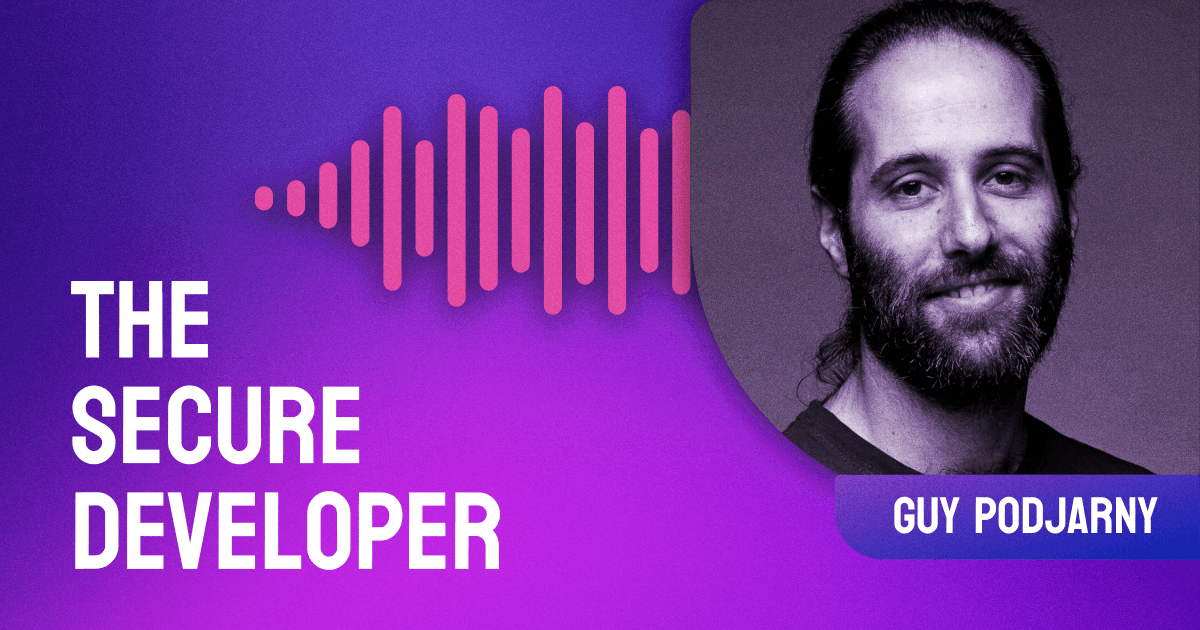Episode Summary
In this episode of The Secure Developer, Guy Podjarny and guest Sean Catlett discuss the shift from traditional to engineering-first security practices. They delve into the importance of empathy and understanding business operations for enforcing better security. Catlett emphasizes utilizing AI for generic tasks to focus on crafting customized security strategies.
Show Notes
In this episode of The Secure Developer, host Guy Podjarny chats with experienced CISO Sean Catlett about transforming traditional security cultures into a more modern, engineering-first approach. Together, they delve into the intricacies of this paradigm shift and the resulting impact on organizational dynamics and leadership perspectives.
Starting with exploring how an empathetic understanding of a business's operational model can significantly strengthen security paradigms, the discussion progresses toward the importance of creating specialized security protocols per unique business needs. They stress that using AI and other technologies for generic tasks can free up teams to concentrate on building tailored security solutions, thereby amplifying their efficiency and impact on the company's growth.
In the latter part of the show, Catlett and Podjarny investigate AI's prospective role within modern security teams and lay out some potential challenges. Recognizing the rapid evolutionary pace of such technologies, they believe keeping up with AI advancements is crucial for capitalizing on its benefits and pre-empting potential pain points.
AI-curious listeners will find this episode brimming with valuable insights as Catlett and Podjarny demystify the complexities and highlight the opportunities of the current security landscape. Tune in to learn, grow, and transform your security strategy.
Links
Follow Us
